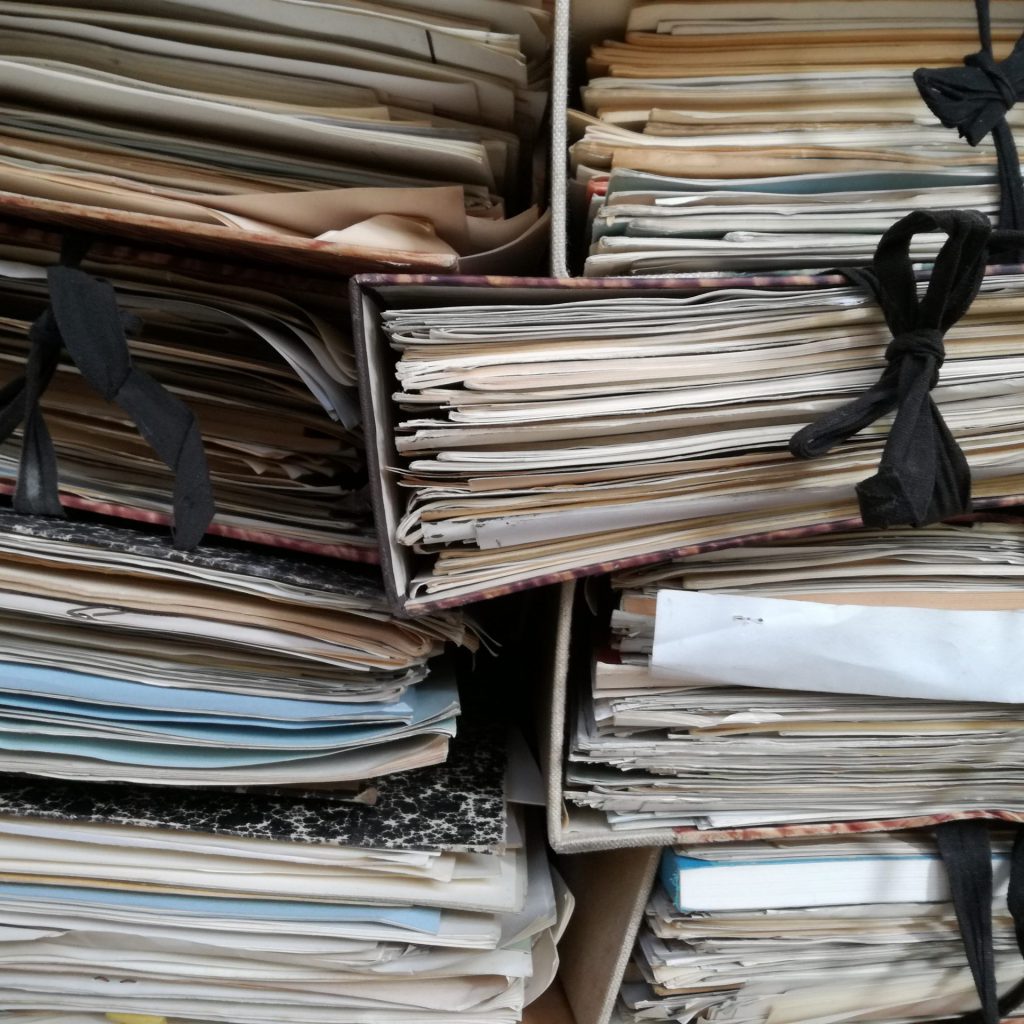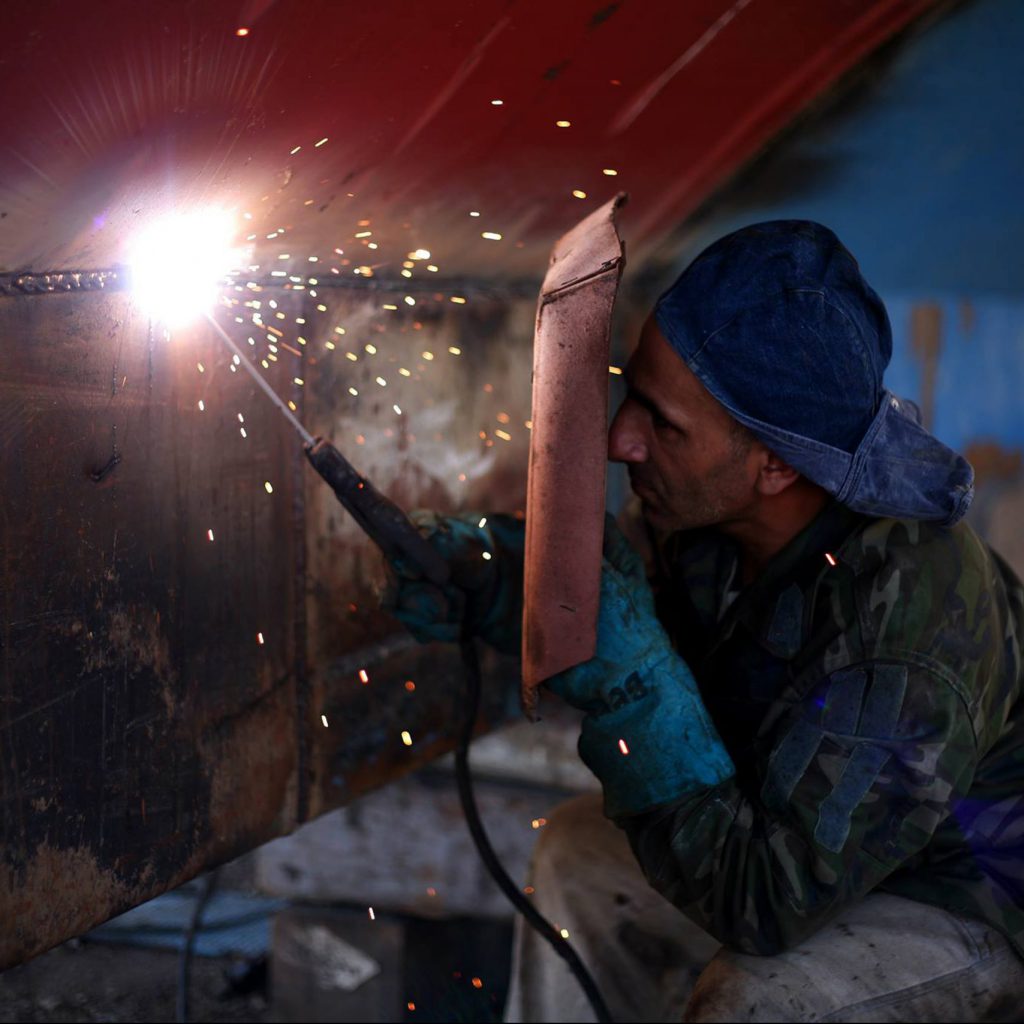9 benefits of SteelTrace for steel manufacturers
How a digital solution can help tackle the current challenges
To stay competitive and resilient, steel manufacturers need to continuously adapt their supply chain strategies to address challenges and keep pace with industry developments and technological advancement. In this blog post, we discuss 9 factors about the SteelTrace solution that can benefit manufactures in tackling their current challenges.
1. Real-time MRB creation
A traditional Manufacturer Record Book (MRB) is a set of documents prepared by each supplier, which collects all certificates, procedures and documents used to manufacture the items of a specific Purchase Order. This implies that:
- Customer shall prepare a template of the MRB index.
- Supplier shall customize the template according to its processes and send it for customer approval.
- Once the MRB index is approved, the MRB shall be compiled with all documents according to that index.
This complies several disadvantages. First of all, it means that each project (even from the same company) has different MRB indexes. In addition, MRB indexes are extremely time-consuming to prepare and approve. Secondly, supplier certificates are repeated in multiple sections. Let’s think about a manufacturer that issues one 3.1 certificate covering all PO items. This certificate will be repeated in every item’s section. Third, MRBs need to be searchable. Since all certificates are paper based, they must be scanned in high quality mode, which makes the file handling (and the search function itself) very difficult. And even with high quality mode, still not all words may be searchable.
On the other hand, a digital MRB like the one that SteelTrace may produce, aggregates data from different sources and automates that process. The advantages?
- No need to approve any index: all certificates are automatically divided based on the product and on the certificate type. And being all data digital, any custom grouping can be made (e.g. a section just for hardness test, a section just for heat treatment etc.)
- Transferring huge files is no longer needed: all data is available in real time.
- No need to “compile” an MRB: all data is already available.
2. Automated approval MRB
All data of each single test is already automatically checked according to approved Inspection and Test Plans (ITP). Therefore there is no need for additional manual checks.
3. Automatic control of incoming material certificates
With SteelTrace, you can input all specification requirements on the platform (chemical composition, mechanical test acceptance criteria etc.). Thus, when you upload a certificate, you can instantly see whether a product received meets the acceptance criteria.
4. Meeting your customers data requirements
More and more customers are now asking for traceability and immutable information. SteelTrace has all of these in one online platform.
5. Automated statistics for qualifications
Many qualifications such as Norsok M-650 (now ISO 17782) require the manufacturer to provide, each year, statistical data about the tests made on the material belonging to each QTR (or MPCR). Instead of spending a lot of time searching for this data in your ERP, you can have these information in SteelTrace with a single click.
6. Protection of products from being counterfeited
Blockchain certification allows transparency on the entire supply chain. At any point in time, you know where the material comes from, where it gets transformed (and the quantity involved), and where it goes to. On top of that, the technology ensures that all of this information is immutable.
7. Clean, uniform certificates from suppliers
If you have different suppliers, like different steelmills or forging companies, you always spend at least 5 minutes on each certificate just to find a “no weld” declaration you are looking for, or a specific element percentage. With SteelTrace all your suppliers will input their data in the platform in a standardized format allowing you to find everything very easily and quickly.
8. More efficient QA/QC workflow
Have you ever counted how many times a single certificate gets printed and scanned? Well, we counted an average of three, in case of TPI inspection, and average of two if there are no inspection requirements. Imagine each time the loss of quality, imagine the loss of time to print, sign, and stamp. With SteelTrace all is solved by opening your mobile app, scanning a QR code and inputting your signature credentials, creating an extremely efficient workflow.
9. Easy data aggregation from different sources
Being part of the SteelTrace network means you can have in one single source all data from different parties, such as test laboratories, NDT service providers, welding companies, coating suppliers and more.
Would you like to discuss these points with us? Or get a demo of the SteelTrace platform? Please contact us!




